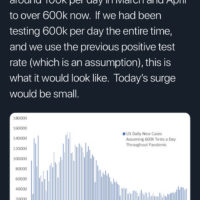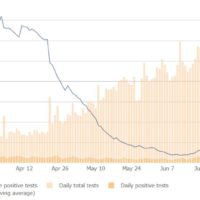<div class=”d4p-bbt-quote-title”>b-curtis wrote:</div>
I have seen this posted about a million times today. I’m not sure the Department of Ocean and Mechanical Engineering at FAU would be considered experts but still an interesting read, at least what I think I understood.A couple quick thoughts right off the bat. I recently Found out that the virus is approximately 0.1-0.2 µm. This study estimates their particle to be 1-10 µm. They estimate that because particles stayed suspended for around 3 minutes. I do believe they’ve found RNA from this virus for several hours. This study and most out there explain how they can help capture water droplets from coughs and sneezes. I don’t know about you but I haven’t heard another human being cough in 6 months.
I think the consensus right now is to wear a mask in spite of good evidence. It won’t hurt. what could hurt is what I heard on the radio yesterday. The Edina mayor was on Wcco talking about their new mask mandate. He said that masks are going to be one of the keys to opening the economy. Then immediately after he stated that even if they are wrong about masks, they can’t do any harm.
That’s completely false. If we even admit that they are effective we still have no clue how effective. If we use them as justification to open up more or reduce other effective measures, we’re making a horrible decision NOT based on science.
While I agree that policy shouldn’t be based on the science around masks I would assume the plan is more that the reopening is based on numbers in the state and masks will hopefully be one part of it not spiking back up

